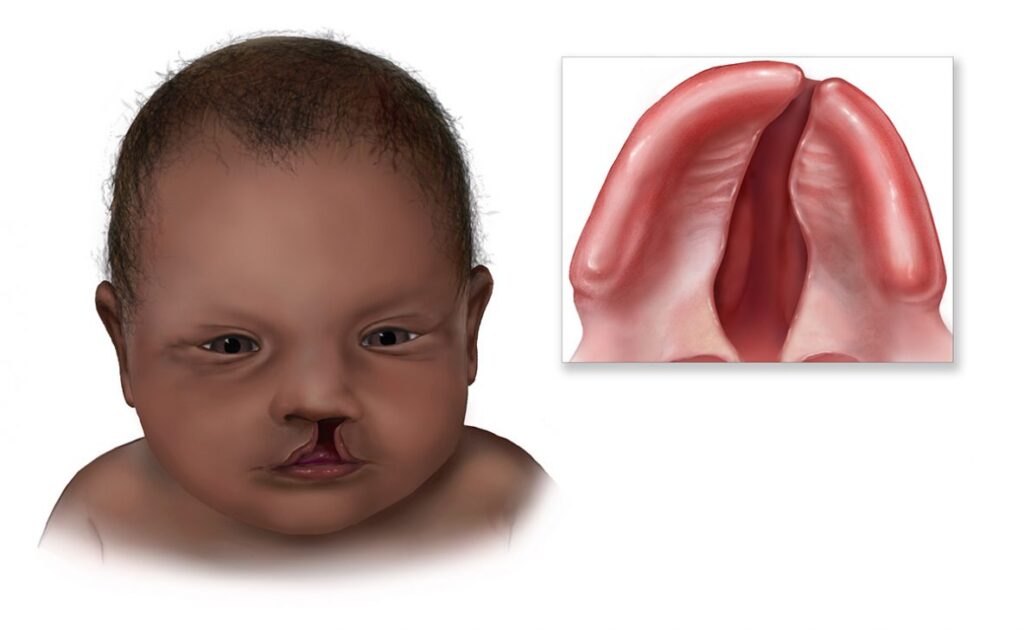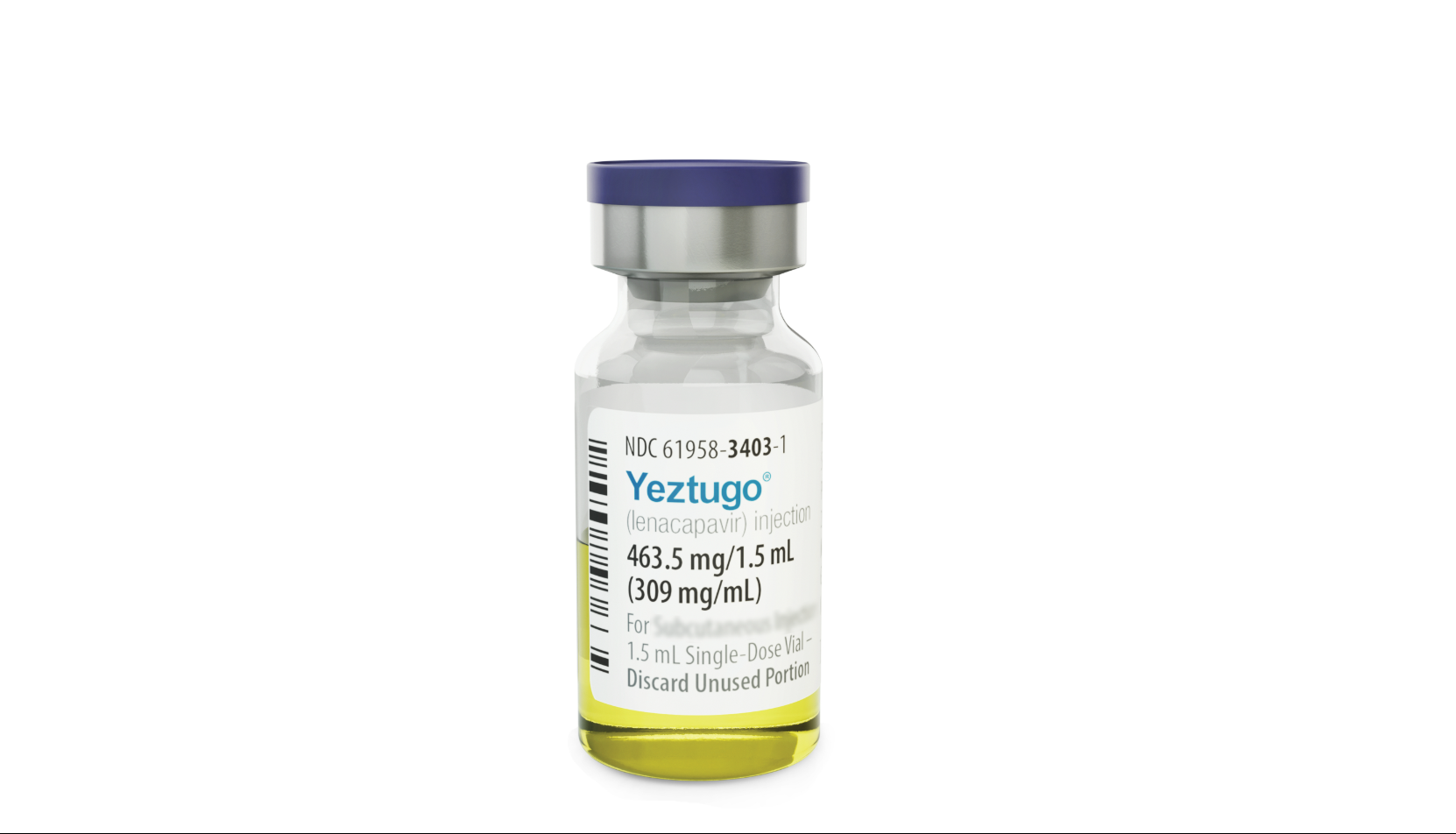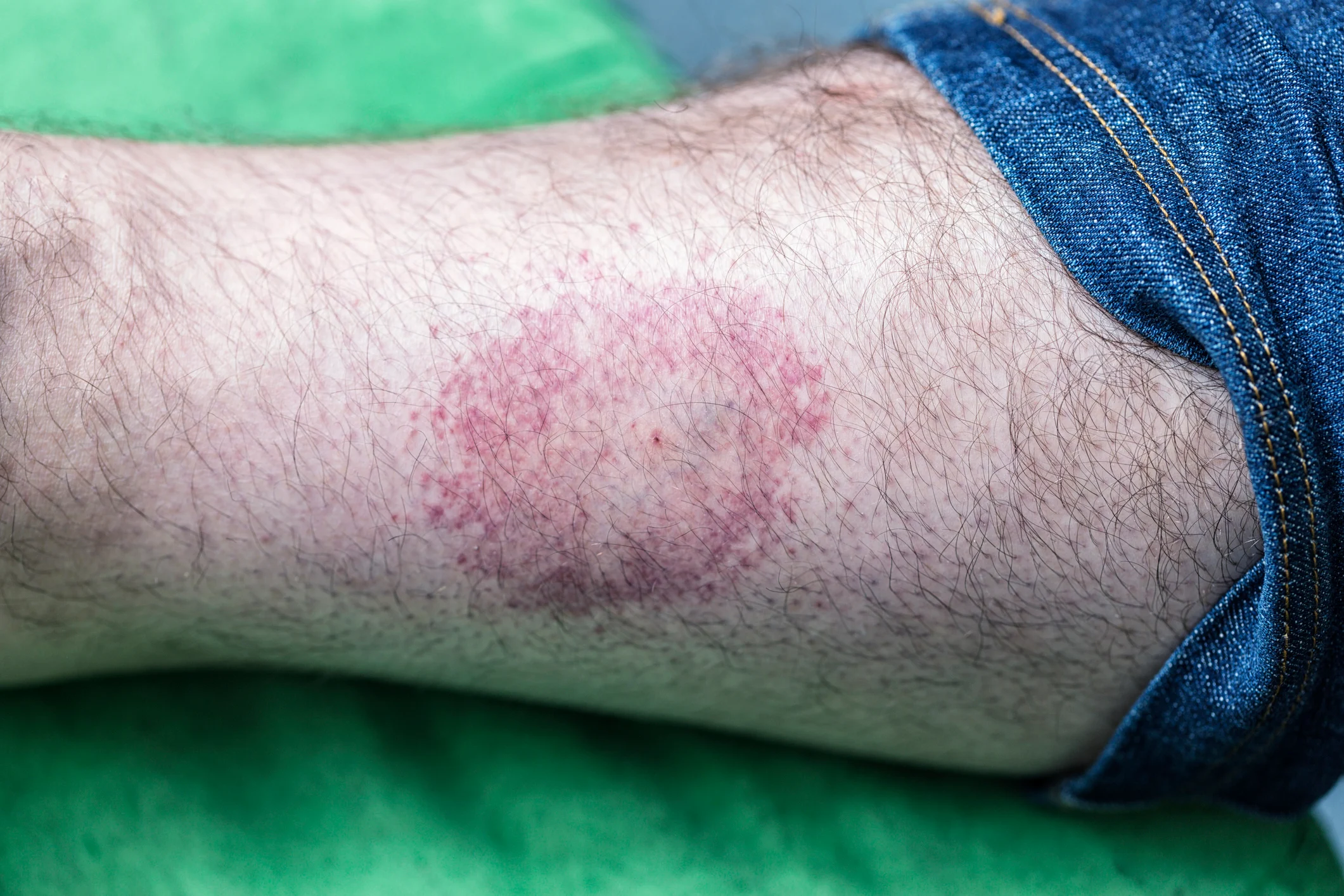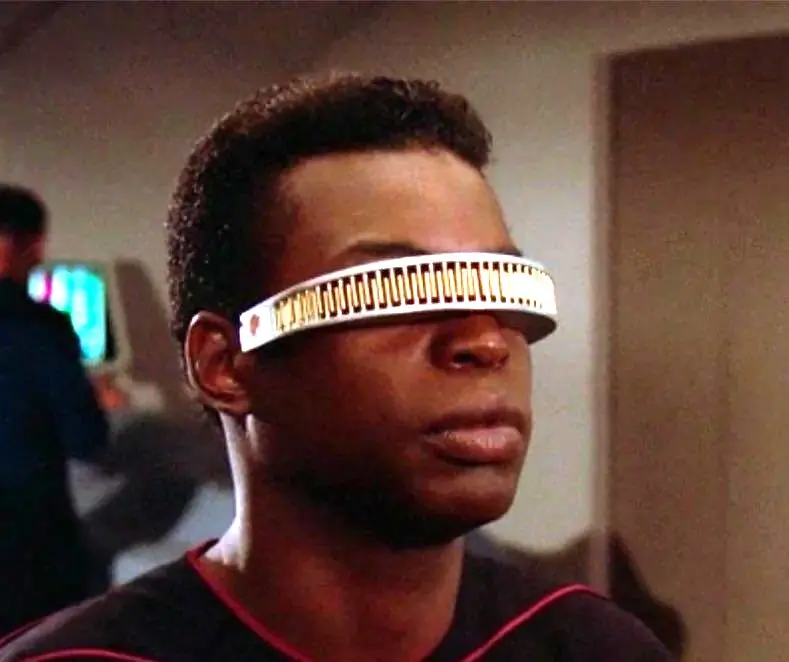A cleft palate is a congenital abnormality or birth defect that affects the roof of the mouth. It occurs when the two sides of the palate do not fuse together during foetal development, leaving an opening or gap in the middle. A cleft palate can affect a child’s appearance, speech, feeding, and hearing.
Although the exact cause of cleft palate is unknown, genetic and environmental factors may be involved. Some possible risk factors include family history, maternal smoking, alcohol consumption, certain medications, and infections during pregnancy.
Clinical features
The clinical features of a cleft palate vary depending on the size and location of the opening. Some common signs include:
- Difficulty feeding and swallowing
- Nasal speech and frequent ear infections
- Dental problems and malocclusion
- Facial asymmetry and low self-esteem
Treatment options
The treatment of cleft palate involves a multidisciplinary team of specialists, such as plastic surgeons, speech therapists, dentists, and audiologists. The main goal of treatment is to close the gap in the palate and improve the function and appearance of the mouth. The treatment options include:
- Surgery: This is usually done between 6 and 12 months of age to repair the cleft palate and restore normal anatomy. The surgery may involve several stages and require additional procedures later in life to correct any residual problems.
- Speech therapy: This helps to improve the speech and language skills of children with cleft palate. It may start before surgery and continue throughout childhood and adolescence.
- Dental care: This involves regular visits to the dentist to monitor the growth and development of the teeth and jaws. Children with cleft palate may need braces, implants or other dental devices to correct their bite and alignment.
- Hearing tests: This helps to detect any hearing loss or ear infections that may result from cleft palate. Children with cleft palate may need tubes inserted in their ears to drain fluid and prevent infection.
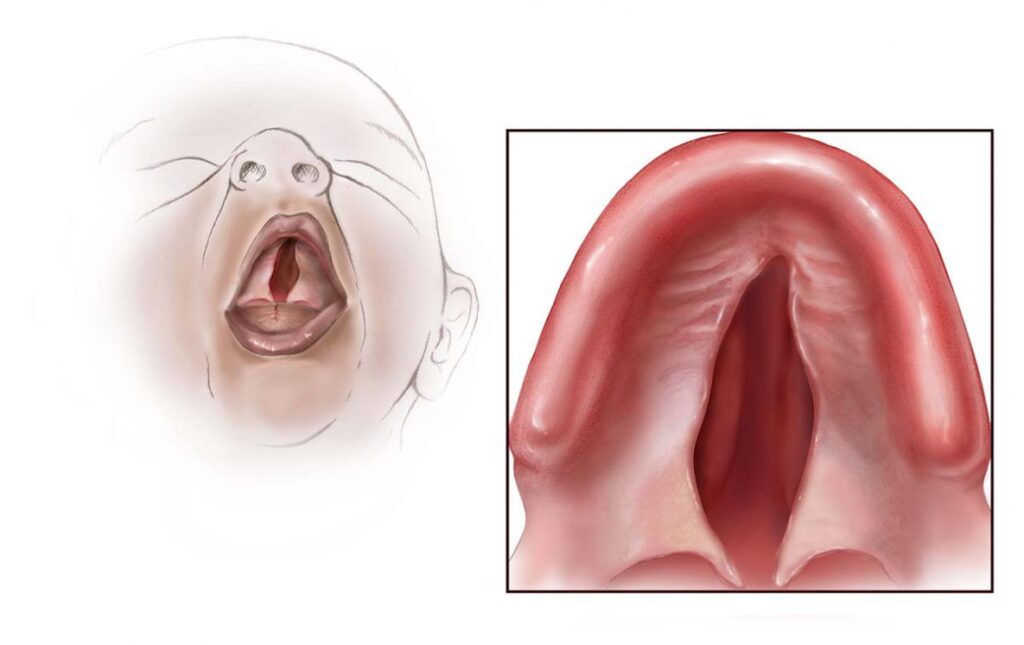
Cleft palate is a common and treatable condition that can be managed with proper care and support. Children with cleft palates can lead normal and healthy lives with good outcomes.

